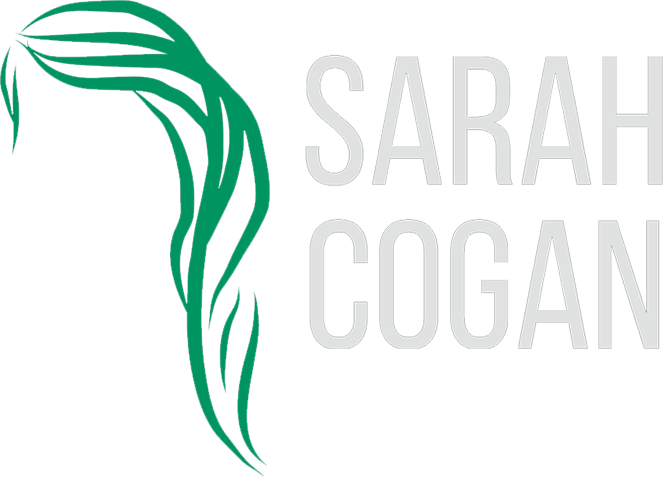A Cognitive Science Trick to Help Maximize Your Film Resources
Often times, filmmakers push off the worldbuilding and design aspects of their films or projects until they are weeks away—touting the lack of funds are a reason why they can’t have great design or start working on it sooner. It always comes down to the question of how to maximize a budget comes up on every film around resources need. There is one, free, way you can maximize your budget and deepen your creative process with any project. All you do is implement this cognitive science trick.
Selective Attention
Have you ever bought a car and sworn you’ve hardly seen that car before, then shortly after you’ve bought your car you see them everywhere? Same with any color—pick a color to pay attention to and notice how it just jumps out at you suddenly. The reason your car’s models and the colors—that have been around you the whole time—are starting to pop out is due to the cognitive science concept of Selective Attention where our minds only tune into what is deemed important.
In 1999, psychologist Daniel Simons and Christopher Chabris conducted an experiment asking participants to count the number of basketballs passed between players over the course of a short video. At the end of the video, Simons and Chabris asked participants how many passes did they see? Also, did you see the gorilla that walked through?—What gorilla was most people’s response. The participants were so focused on the task at hand—to count all the passes—that they completely didn’t register the gorilla that walked right across the frame. This experiment proved the brains ability to completely block out information when deemed irrelevant to the task at hand.
So, how does this relate to filmmaking and maximizing budgets?
When beginning to think of a story or bring a film to life, often times, filmmakers focus solely on the script and casting without much attention to anything else. It would be like focusing only on the passes between players in the experiment. However, to actually see the gorilla opportunities that present themselves, you’ll want to start opening your awareness sooner. This means, starting to design your film sooner verses later. By doing this, you then allow things you find in the world affordably to have the time and space to present themselves because you’ve opened up your awareness to them earlier.
For example, if you were to hire your design team a few months sooner, it’s possible that knowing they are doing your film will allow your costume designer to pull a rack of clothing from a show shutting down for little or no cost—an experience I personally have had. Or, it allows you to find and collect things from the world that you’d otherwise not thought you needed. Another example is finding something on craigslist or a yard sale that you’d otherwise not have been able to afford if new or if you had to rent it at a prop house.
This works with ideas as well. As soon as we start to open our minds and ask our subconscious to be more attentive, the more we start to expand the inspiration available to us. Articles, exhibits, books and films that would never have seemed relevant suddenly become so by simply asking ourselves to broaden our perspective attention and find new answers.
All of this will allow to expand the resources you have. You will save time and money in the long run while strengthening the quality of your film by putting Selective Attention to work during your creative process as you go from writing to pitching to production.
To watch the original Selective Attention experiment video, check it out here.
Learn more about cognitive science and storytelling with the Text to Moving Images Workshop.
Text to Moving Images is a 10-module workshop on how to build cinematic worlds, use design as a storytelling tool across all genres, and create iconic cinematic moments.


